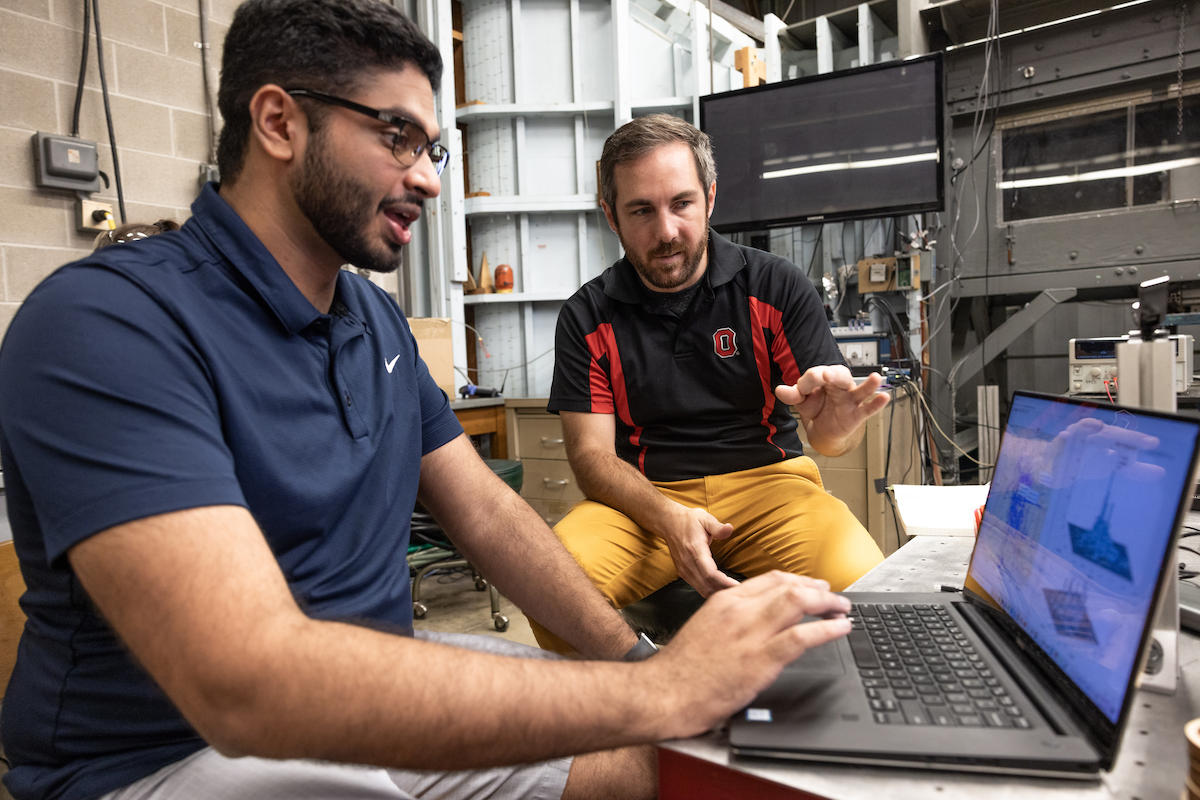New Department of Justice Title II digital accessibility regulations went into effect in June 2024 and will be enforced starting April 24, 2026. These changes require all university digital content—including course materials, websites, and applications—to meet WCAG 2.1 A/AA accessibility standards. It is the instructor's responsibility to ensure that all course materials created are accessible.
Action Items for Faculty
- Review and Create Accessible Content: As you create new courses for spring and beyond, your instructional material should be accessible.
- Archived Courses: To help you prioritize, all past Carmen classes will be marked as “archived”. The Office of Technology and Digital Innovation (OTDI) will continue to apply this label to courses as they move into their read-only status.
- Utilize Scanning Tools: A scanning tool called Ally has been purchased for CarmenCanvas, and will be available before the end of the semester. It flags accessibility issues in course materials and provides suggestions for improvement, but you’ll still need to know how to make the fixes. Start exploring accessibility best practices now to prepare.
- Read a message from Provost Ravi V. Bellamkonda and Vice President and CIO Rob Lowden
Training and Support Available
- ADA Digital Accessibility Center: Faculty Guidance: Understanding the April 2026 Accessibility Requirement (ADA Title II)
- Digital Accessibility Services: The “Title II and You” section on the Digital Accessibility Services site provides strategies and outlines skills you will need to learn and apply as you review your courses.
- BuckeyeLearn Courses: Several courses on BuckeyeLearn teach you how to create accessible content.
- Canvas Self-Paced Course: A self-paced course from the vendor for Canvas on making course content accessible is available through a link in the Carmen Canvas help menu.
- Drake Institute Resources: Detailed Guidance on Digital Accessibility for Ohio State Educators from the Drake Institute.
- Accessibility Coordinators: You can reach out to your accessibility coordinator with questions. Each college and business unit has a coordinator who can guide you through accessibility considerations.
